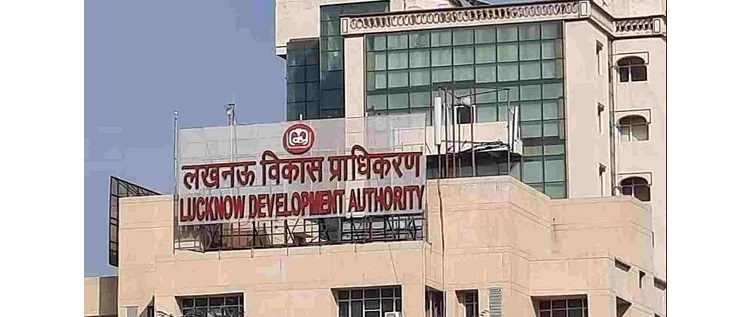E - PAPER
India Real GDP Growth Between 7.5-12.5%: World Bank
India’s economy has bounced back amazingly from the COVID-19 pandemic and nationwide lockdown over the last one year, but it is not out of the woods yet, according to the World Bank, which in its latest report has predicted that the country’s real GDP growth for fisca
 BY
Realty Plus
BY
Realty Plus
Published - Saturday, 03 Apr, 2021

India’s economy has bounced back amazingly from the COVID-19 pandemic and nationwide lockdown over the last one year, but it is not out of the woods yet, according to the World Bank, which in its latest report has predicted that the country’s real GDP growth for fiscal year 21/22 could range from 7.5 to 12.5 per cent.
The World Bank in its latest South Asia Economic Focus report released ahead of the annual Spring meeting of the World Bank and the International Monetary Fund (IMF), said that the economy was already slowing when the COVID-19 pandemic unfolded. After reaching 8.3 per cent in FY17, growth decelerated to 4.0 per cent in FY20, it said.
The slowdown was caused by a decline in private consumption growth and shocks to the financial sector (the collapse of a large non-bank finance institution), which compounded pre-existing weaknesses in investment, it said.
Given the significant uncertainty pertaining to both epidemiological and policy developments, the real GDP growth for FY21/22 can range from 7.5 to 12.5 per cent, depending on how the ongoing vaccination campaign proceeds, whether new restrictions to mobility are required, and how quickly the world economy recovers, the World Bank said.
“It is amazing how far India has come compared to a year ago. If you think a year ago, how deep the recession was unprecedented declines in activity of 30 to 40 per cent, no clarity about vaccines, huge uncertainty about the disease. And then if you compare it now, India is bouncing back, has opened up many of the activities, started vaccination and is leading in the production of vaccination,” Hans Timmer, World Bank Chief Economist for the South Asia Region, told.
However, the situation is still incredibly challenging, both on the pandemic side with the flare up that is being experienced now. It is an enormous challenge to vaccinate everybody in India. On the economic side, Timmer said that even with the rebound and there is uncertainty here about the numbers, but it basically means that over two years there was no growth in India and there might well have been over two years, a decline in per capita income.
Noting that the COVID-19 shock will lead to a long-lasting inflexion in India’s fiscal trajectory, the report said that the general government deficit is expected to remain above 10 per cent of GDP until FY22. As a result, public debt is projected to peak at almost 90 per cent of GDP in FY21 before declining gradually thereafter. As growth resumes and the labour market prospects improve, poverty reduction is expected to return to its pre-pandemic trajectory.
The poverty rate (at the USD 1.90 line) is projected to return to pre-pandemic levels in FY22, falling within 6 and 9 per cent, and fall further to between 4 and 7 per cent by FY24, the World Bank said.
RELATED STORY VIEW MORE
TOP STORY VIEW MORE

Mixed Outlook for Australia's Housing Sector In 2024
Mixed Outlook for Australia's Housing Sector In 2024
05 December, 2024NEWS LETTER
Subscribe for our news letter
E - PAPER
-

CURRENT MONTH 
LAST MONTH














